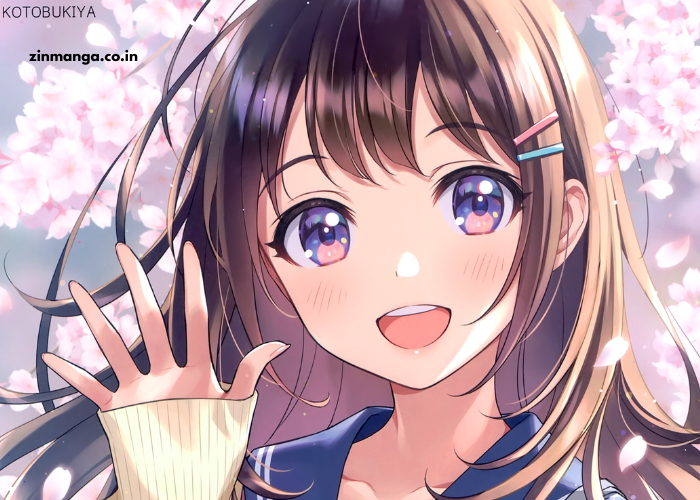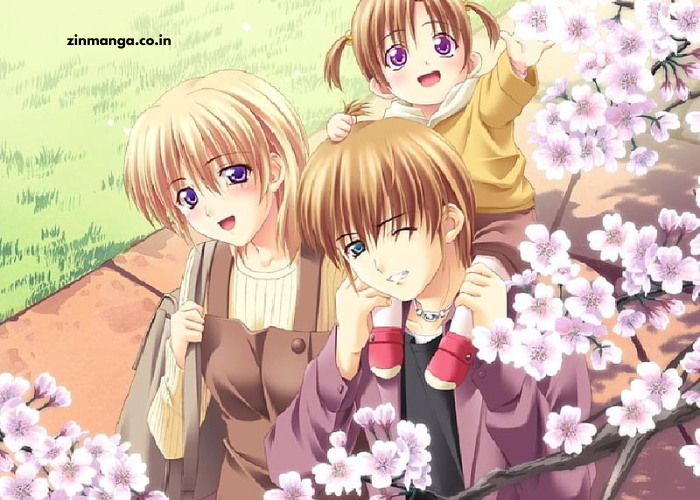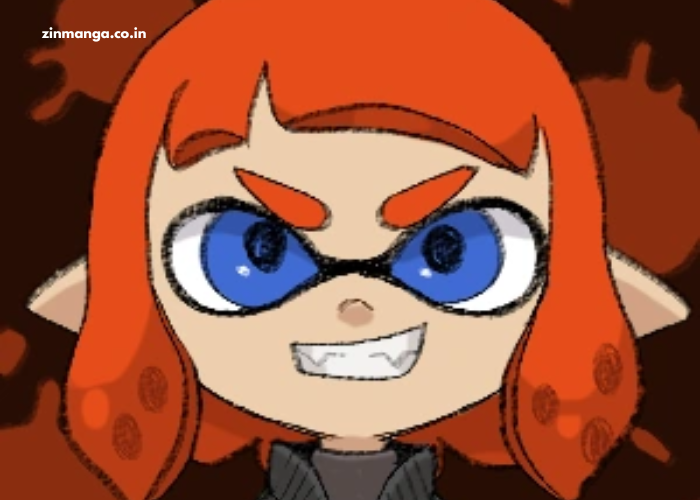Anime, with its vibrant characters and thrilling storylines, has established itself as a global cultural phenomenon. It has influenced not just entertainment but various aspects of art, music, fashion, and even global communities. One of the more recent terms emerging in this sphere is “Aneme.” But what exactly is Aneme, and how is it connected to anime culture?
Aneme is a term that has gained attention in certain online anime communities. It is often associated with fan-driven content, subcultures, and evolving trends within the world of anime. Understanding Aneme can shed light on the unique dynamics of anime fandoms and how fans interact with and influence the anime industry itself.
This post will delve into the connection between Aneme and anime culture, exploring its influence on anime fans and the broader entertainment industry.
Key Points:
- Aneme has become part of the conversation surrounding anime fandoms and their evolution.
- It is closely tied to fan creativity, art, and reimagining original anime content.
- Aneme is a reflection of how online communities contribute to the anime industry.
What Is Aneme, and How Did It Emerge?
The Origins of Aneme
The concept of Aneme has been part of a growing trend within the anime community, especially in fan-driven spaces on social media and websites. Its emergence coincides with the rising popularity of anime fandoms that thrive on shared creativity, meme culture, and fan art. Aneme is not an official sub genre of anime or a specific genre of entertainment but rather a term used to describe a particular approach or movement within the anime community.
In many ways, Aneme is a blend of anime culture and internet-driven subcultures. It often involves reinterpreting popular anime series or characters through memes, fan fiction, and other creative mediums. Some view Aneme as a playful or informal term used by fans to describe a certain style or thematic approach in anime content.
| Anime Series | Connection with Aneme | Fan-driven Impact |
| Naruto | Strong fan art culture | Shaped fan fiction and art movements |
| Attack on Titan | Use of memes and re-imagined scenes | Widely adopted in internet culture |
| My Hero Academia | Embraced by diverse fandoms for fan theories and art | Inspired numerous fan creations |
How Does Aneme Impact Storytelling and Character Development in Anime?
The Role of Aneme in Shaping Storylines
Aneme doesn’t just impact the way anime is consumed; it also influences how stories and characters are developed. Fans of anime who engage in Aneme culture often dive deeper into the stories of their favorite characters, creating their own interpretations and alternate scenarios. This deep involvement leads to a more intricate exploration of anime’s original storylines.
For instance, fans who embrace Aneme may create their own alternate universe (AU) versions of well-known anime, exploring what might happen if a key event had turned out differently or if a character’s motivations were altered. This creative exercise pushes the boundaries of traditional storytelling by incorporating fan perspectives into the established world of the anime.
Aneme also fosters an environment where characters are developed in more diverse and nuanced ways. Fans may re-imagine characters through genderbending, different backstories, or even from new cultural lenses. As a result, Aneme offers fans a chance to become co-creators in the anime universe, pushing the limits of character exploration.
In What Ways Does Aneme Affect Anime Communities?
The Evolution of Anime Fandoms
Anime fandoms have evolved significantly over the years. From fan clubs and forums to social media platforms like Twitter, Tumblr, and Reddit, fans have more ways than ever to connect with one another. Aneme plays a significant role in this evolution, as it encourages fans to engage with anime on a deeper level, creating content, sharing ideas, and participating in discussions.
For example, the rise of Aneme has led to the creation of fan groups dedicated to exploring specific themes or characters. These online communities often act as creative hubs, where fans can share their artwork, write fan fiction, or participate in collaborative projects like cosplay or fan videos. This sense of community has helped shape the anime culture we know today.
| Platform | Type of Aneme Interaction | Popular Examples |
| Tumblr | Visual art, short fan stories | Sharing character fan art and alternate versions |
| Meme culture, fan theories | Popular hashtags for anime discussions | |
| Deep discussions, theory crafting | Dedicated subreddits for fan theories |
Reminder: The key to enjoying and benefiting from Aneme culture is respecting the original work while engaging with fan interpretations.
What Are the Pros and Cons of Aneme for Anime Fans?
Evaluating the Influence of Aneme
While Aneme has had a positive impact on the anime world, especially in terms of creativity and fan engagement, it is not without its challenges. On the positive side, Aneme offers fans the opportunity to become part of a global community where they can share their passion for anime, create content, and connect with others who share similar interests. It has also allowed for a more diverse range of interpretations of anime, allowing marginalized voices and unique perspectives to flourish within the fandom.
However, Aneme has also sparked debates over the balance between fan-driven creativity and respecting the intentions of the original creators. Some argue that fans may overstep by altering characters too much or misinterpreting the original work in a way that undermines its message. Additionally, the rise of fan fiction and fan-created content has led to issues related to copyright and the protection of intellectual property.
| Pros of Aneme | Cons of Aneme |
| Fosters creative expression | Potential for misinterpretation |
| Expands the anime universe | Can lead to debates with creators |
| Encourages community building | Legal concerns in fan works |
Conclusion
In conclusion, Aneme represents the dynamic and creative side of anime fandoms. It emphasizes fan interaction, collaboration, and a sense of belonging within the broader anime culture. While its impact on storytelling, character development, and fan communities is significant, it also raises important questions about the line between fan-driven creativity and the original creator’s vision.
Whether you’re an anime fan exploring the deeper meanings behind a favorite series or a content creator participating in the Aneme movement, one thing is certain: Aneme has become an integral part of anime culture. As anime continues to grow in popularity, the relationship between Aneme and anime culture will likely only deepen, making it a fascinating subject for fans and creators alike to explore.
FAQ’s
- What does the term Aneme mean in anime culture?
Aneme is a term that refers to fan-driven content, reinterpretations, and creative movements within anime communities, including fan art, fiction, and memes. - How does Aneme impact anime storytelling?
Aneme allows fans to explore alternative storylines and character interpretations, often resulting in deeper engagement with anime content. - Is Aneme a formal part of anime culture?
No, Aneme is an informal term used by fans to describe a movement that arises from fan interpretations and creative expressions of anime. - Can Aneme be harmful to the original anime?
While Aneme encourages creativity, it can sometimes lead to misinterpretations or fan works that contradict the original creator’s vision, which may cause controversy. - How can fans get involved in the Aneme movement?
Fans can participate in Aneme by creating and sharing fan art, writing fan fiction, or joining online communities where they can discuss and collaborate with others.




